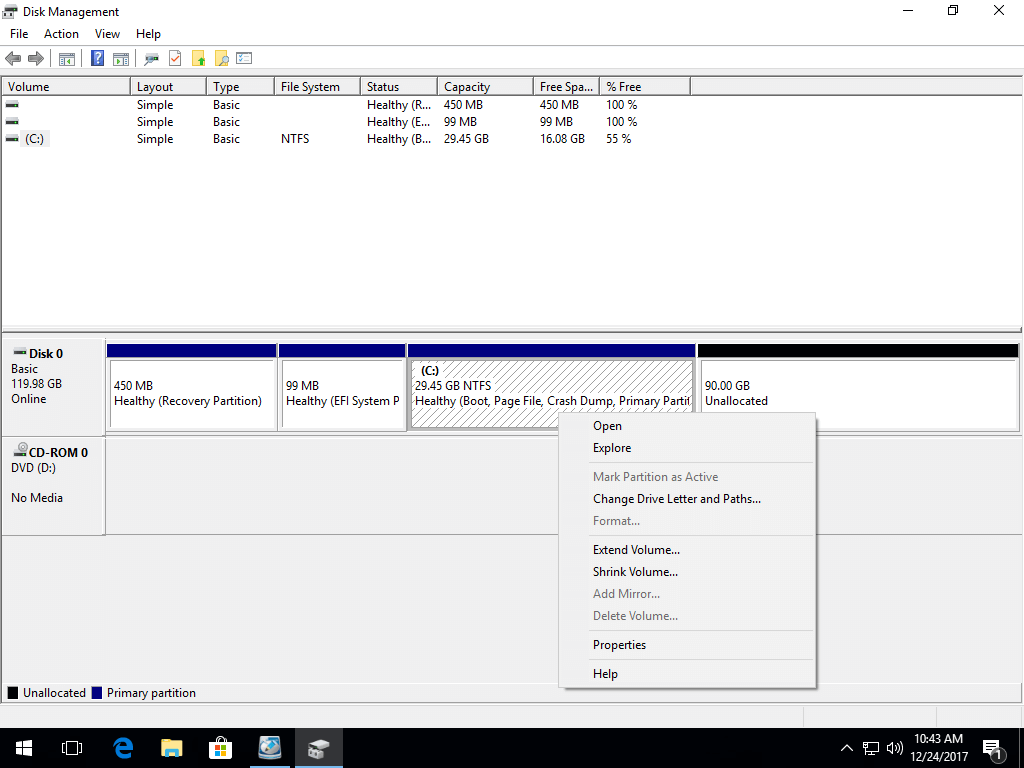
While it is not required to move it, it is recommended to do so. Upgrading to Outlook 2010, 2013, 2016, 2019 or Microsoft 365 will not move your pst-files to the new location.


Below you can find an overview of these locations. Luckily it hasn’t changed anymore for the past few versions. The default location for pst-files depends on your version of Outlook and Windows. Emptying the Deleted Items folder will permanently delete all the items and subfolders from the Deleted Items folder. When a folder gets deleted, it will show up as a subfolder of the Deleted Items folder. The Deleted Items folder is a special folder as it can hold all type of items, not just mail items. In addition to your folders and items, it also holds some configuration settings like Views, Custom Forms, AutoArchive settings and Rules and Alerts. In that case, the default folders are Deleted Items and Search Folders. You can add additional pst-files to separate your data between multiple files. The default folders within a pst-file for a POP3 account are Within this single file, Outlook stores all your folders and items (emails, contacts, appointments, etc…).

In other words Pst-files are pretty important to Outlook and knowing how to properly treat pst-files is one of the more important basic Outlook skills as well. Pst-files can also be used for additional storage, archives and exports, even when you are using an Exchange or /Hotmail account. Outlook 2010 and previous also used pst-files for caching IMAP data. Pst-files, when you are using a POP3 account, Outlook can’t live without them.


 0 kommentar(er)
0 kommentar(er)
